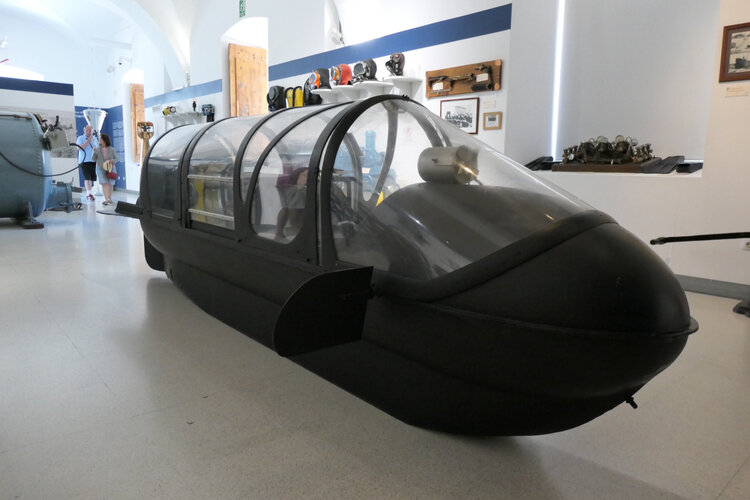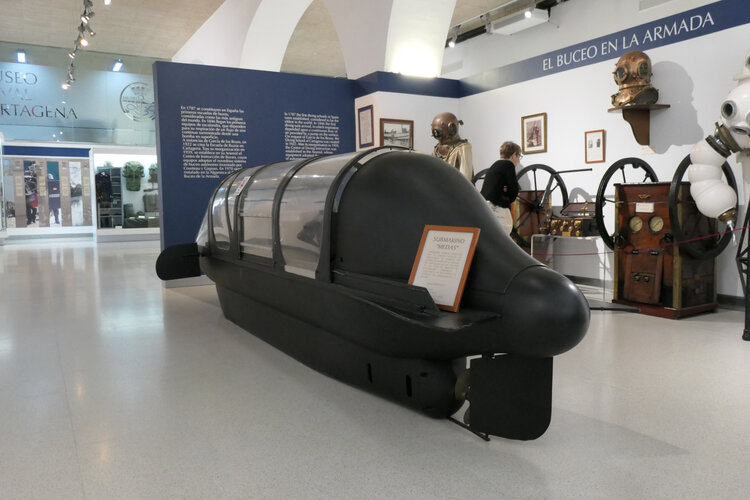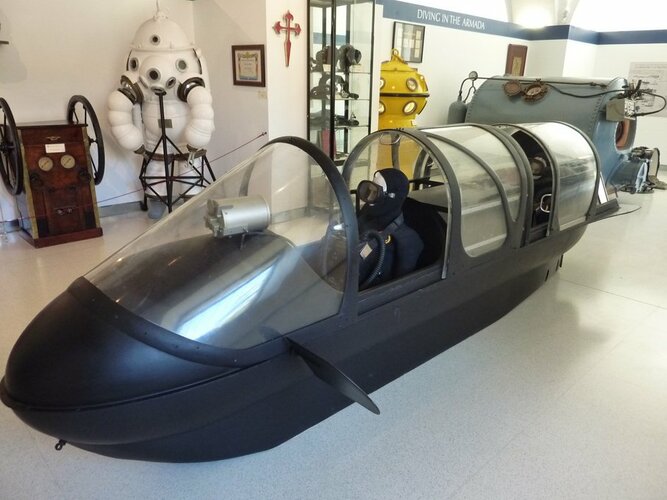Recently purchased a Aerojet Mark VII mini sub in what appears to be working order. I am looking for more information on this particular design, such as how many were made, factory location where they were made, how many still exist, prop speed, weight, evolution of design etc.I'm planning to share information on a bunch of unknown SDV/midget submarine/DPV/Canoes etc via my blog (http://www.hisutton.com/) and thought i should also post here for the community. Rather than start fresh threads each time I'll just update this one. And I hope it can also be a general discussion of SDV (et al) projects.
SDVs are not necessarily 'secret projects' in the classic sense but they are very secret in other ways so information available on the internet and in books is very limited. I am on a quest to change that, at least in regards to the historic types. And i like to think that by sharing the info it might make more people interested in this under-represented military topic. It's worth a try!
_____________________________________________
- Some of the SDVs are somewhat known and information will not be particularly new
- Some of the SDVs are hardly known and the information will be substantially known
- Some of them are as good as unknown and the information will be very new, even exclusive
- Some are current (including unknown ones!!!) and some are historic
Naval Spetsnaz in Hybrid Warfare
Illustrated analysis of near-term Russian maritime Special Forces underwater vehicles and capabilities - full article at http://www.hisutton.com/Naval Spetsnaz in Hybrid Warfare.html

(The frog and bat symbol is associated with Naval Spetsnaz)
With the annexation of the Crimea to the recent submarine scare in Sweden, Russian special forces have come under renewed focus. Irrespective of whether Naval Spetsnaz have been involved in any operations during the ‘Hybrid War’, their capabilities are among those best suited to this kind of operating environment. Hybrid warfare is an evolution of earlier indirect, proxy and covert wars. It is a way of expanding territory and pushing geopolitical agendas with every means possible up to the point of an overt military action. Inevitably the enemy will be attacked in multiple ways simultaneously creating a complex and often contradictory situation which plays out in he aggressor's favor. Many of these attacks will be obvious and hard to deny, but crucially they will all be denied. It can therefore include substantial troop movements as long as there is some degree of deniability so that it's one power's word against another. In practice it is to attack by a mixture of special forces, information campaigns and back door proxies. And by means of sending an army 'on holiday' to another country.
As people research information about Russian Naval Special Forces much of what is shared is out of date. This article seeks to sort through the chaff and present as up to date view as is practical. It is based on public information (albeit mostly obscure) with a certain amount of deduction thrown in to paint a picture of these forces underwater vehicles.
Rest of article at http://www.hisutton.com/Naval Spetsnaz in Hybrid Warfare.html
Russian PROTON family of modular diver propulsion device/SDV. Not particularly secret but very little info in English. Probably main DPV of Spetsnaz.

He's wearing an IDA71 Rebreather and carrying an ADS amphibious assault rifle


You are using an out of date browser. It may not display this or other websites correctly.
You should upgrade or use an alternative browser.
You should upgrade or use an alternative browser.
Swimmer Delivery Vehicle projects, old and new
- Thread starter covert_shores
- Start date
jsport
what do you know about surfing Major? you're from-
- Joined
- 27 July 2011
- Messages
- 7,714
- Reaction score
- 5,721

Navy SEALs are itching for upgrades to their silent underwater rides
Navy SEALs have a lot of cool toys, but most of the wet ones either need replacing or need some serious upgrades to haul them into the 21st century.
Pirate Pete
ACCESS: Secret
- Joined
- 25 July 2007
- Messages
- 351
- Reaction score
- 583
The attached is an article from our local digital newspaper "Island Echo" on the Isle of Wight..
I've taken out links to various big screen films in an attempt not to clutter the general text too much.
It is a straight copy and paste, so hence the variable text formats....
I appreciate that there may be variations in the veracity of some of the information against reality, but please remember that this is from a 'local paper'...
I've taken out links to various big screen films in an attempt not to clutter the general text too much.
It is a straight copy and paste, so hence the variable text formats....
I appreciate that there may be variations in the veracity of some of the information against reality, but please remember that this is from a 'local paper'...
Attachments
adiwidianto
ACCESS: Restricted
- Joined
- 11 May 2023
- Messages
- 1
- Reaction score
- 0
Currently, I have been utilizing a construction weight that weighs 4.2 tons. However, in the event that it becomes submerged in water, I have calculated that the weight increases to 24 tons. I am wondering if this displacement calculation is correct, and if there are any further considerations that I should be aware of
- Joined
- 5 May 2007
- Messages
- 351
- Reaction score
- 406
I came across a series of photos recently posted by the San Diego Air & Space Museum (SDASM) Archives on the Flickr Commons. They appear to be photos of the "Concept Whisper" underwater glider Swimmer Delivery Vehicle (SDV) prototype developed by Convair / General Dynamics (San Diego) in 1962-1963. There's very, very little literature available online about the project.
The aforementioned ONR report cites to the following vis a vis "Concept Whisper,"
"Oversmith, R.H. and Leadon, R.E. “Concept Whisper”. General Dynamics/Convair, GD/C-62-206A, Nov 1962 (CONFIDENTIAL)"
It is also briefly mentioned in the attached report entitled, "Hydrodynamic Design of an Autonomous Underwater Glider,"
prepared by Lorenzo Maria Birkmaier, an Aeronautical Engineering student at Politecnico di Milano - School of Industrial and Information Engineering (2021-2022 Academic Year). To wit:
Anyway, here are a couple of the photos. Additional photos are attached. They can also be found using the tag "Concept Whisper" at the SDASM's Flickr site (link):
View: https://www.flickr.com/photos/sdasmarchives/53560742187/
View: https://www.flickr.com/photos/sdasmarchives/53561601341/
Jenkins, S. A., Humphreys, D.E., Sherman, J., Osse, J., Jones, C., Leonard, N., Graver, J., and R. Bachmayer (2003). “Underwater Glider System Study,” submitted to Office of Naval Research, Code 321 OE, 242 pgs. (Attached, See Pg. 15)The concept of an underwater glider was first demonstrated by Concept Whisper, a prototype 2-man swimmer delivery vehicle (SDV) built by General Dynamics Corporation in the early 1960’s (Oversmith and Leadon, 1962, Rains, 1968).
The aforementioned ONR report cites to the following vis a vis "Concept Whisper,"
"Oversmith, R.H. and Leadon, R.E. “Concept Whisper”. General Dynamics/Convair, GD/C-62-206A, Nov 1962 (CONFIDENTIAL)"
It is also briefly mentioned in the attached report entitled, "Hydrodynamic Design of an Autonomous Underwater Glider,"
prepared by Lorenzo Maria Birkmaier, an Aeronautical Engineering student at Politecnico di Milano - School of Industrial and Information Engineering (2021-2022 Academic Year). To wit:
This report is also attached (see Pages 1-2).The first concept of an underwater glider was developed by General Dynamics Corporation in the 1960s, known as the Concept Whisper. This vehicle required the presence of two pilots to power it. Effectively it was a DPV (Diver Propulsion Vehicle) rather than an AUG (Autonomous Underwater Glider), but it introduced some of the ideas that characterize modern unmanned models. The two main concepts were those of buoyancy propulsion and sawtooth motion. By varying its buoyancy, a glider can travel vertically, by alternately becoming more and less dense than water. Through the use of hydrofoils, it can also produce a longitudinal component to its velocity, creating the aforementioned “sawtooth motion”, shown in Figure 1.
The exact mechanism through which the Concept Whisper changed its buoyancy is unclear, as most of the papers talking about it are still confidential, but the fact that it was powered by man can suggest that its missions were not designed to be very long, and as a matter of fact its purpose was that of a swimmer delivery vehicle, rather than the more common oceanographic research purposes of modern AUGs. The idea did not have many further developments, as variable buoyancy systems are generally very slow in their longitudinal motion, rendering them less than ideal for transportation missions.
Anyway, here are a couple of the photos. Additional photos are attached. They can also be found using the tag "Concept Whisper" at the SDASM's Flickr site (link):
View: https://www.flickr.com/photos/sdasmarchives/53560742187/
View: https://www.flickr.com/photos/sdasmarchives/53561601341/
Attachments
-
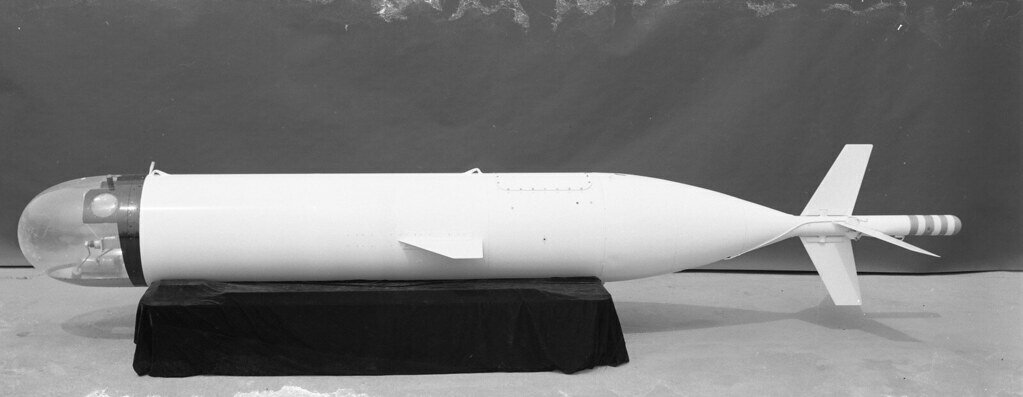 Concept Whisper 01 - SDASM - Copy.jpg44.4 KB · Views: 8
Concept Whisper 01 - SDASM - Copy.jpg44.4 KB · Views: 8 -
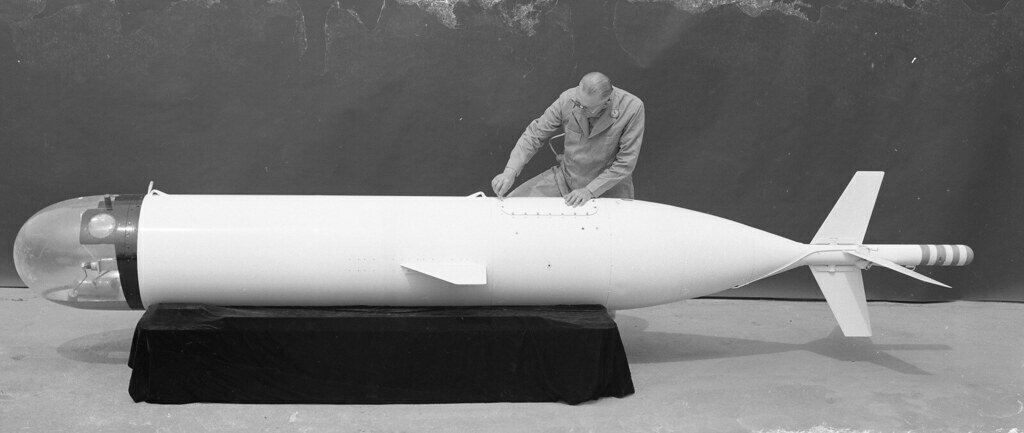 Concept Whisper 02 - SDASM - Copy.jpg54.4 KB · Views: 3
Concept Whisper 02 - SDASM - Copy.jpg54.4 KB · Views: 3 -
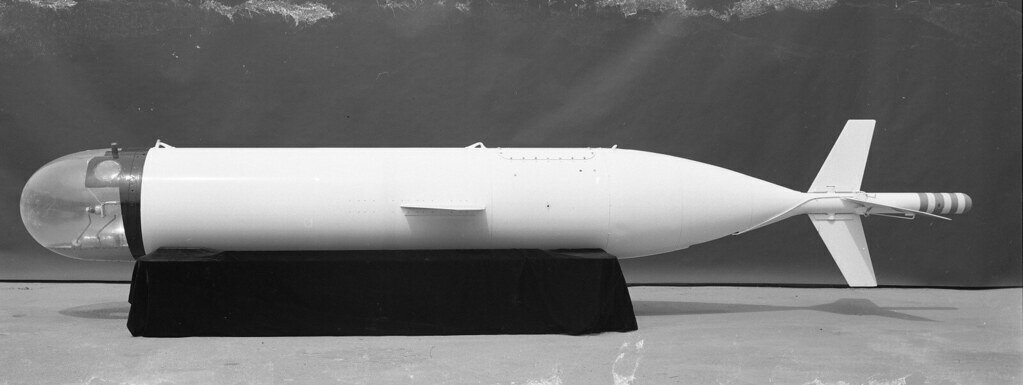 Concept Whisper 03 - SDASM - Copy.jpg46.7 KB · Views: 2
Concept Whisper 03 - SDASM - Copy.jpg46.7 KB · Views: 2 -
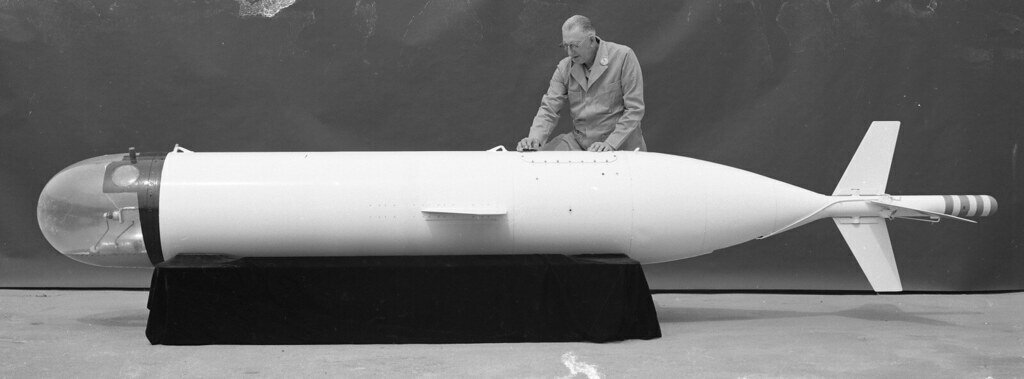 Concept Whisper 04 - SDASM - Copy.jpg45.7 KB · Views: 3
Concept Whisper 04 - SDASM - Copy.jpg45.7 KB · Views: 3 -
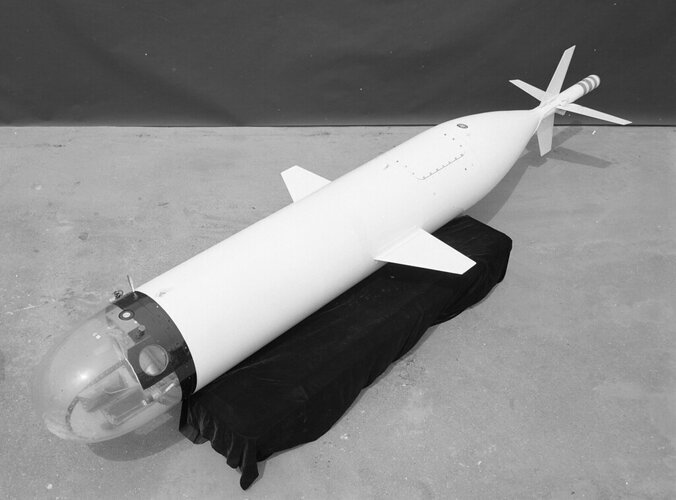 Concept Whisper 05 - SDASM - Copy.jpg99.4 KB · Views: 5
Concept Whisper 05 - SDASM - Copy.jpg99.4 KB · Views: 5 -
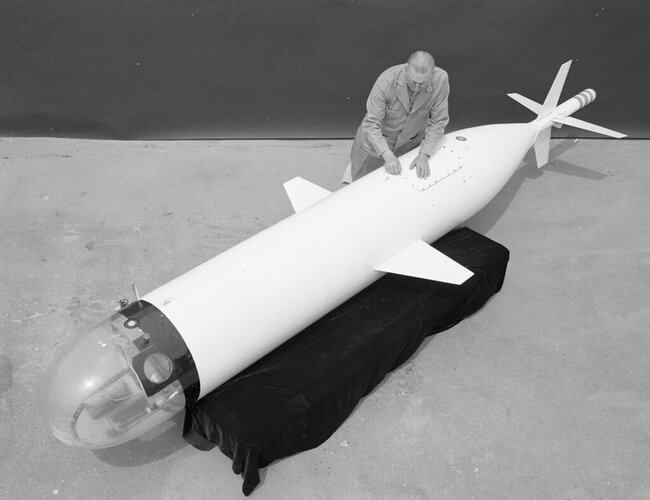 Concept Whisper 06 - SDASM - Copy.jpg104.5 KB · Views: 11
Concept Whisper 06 - SDASM - Copy.jpg104.5 KB · Views: 11 -
Hydrodynamic Design of an Autonomous Underwater Glider - Lorenzo Birkmaier - 2021-2022 - Polit...pdf12.9 MB · Views: 8
-
Underwater Glider System Study - ONR - 2003 - Jenkins - Humphreys - et al.pdf8.6 MB · Views: 9
jsport
what do you know about surfing Major? you're from-
- Joined
- 27 July 2011
- Messages
- 7,714
- Reaction score
- 5,721

SEALs want loitering munitions aboard insert/extract patrol boats
The launcher addition to the SEAL boat would hold loitering munitions, drones or other payloads.
jsport
what do you know about surfing Major? you're from-
- Joined
- 27 July 2011
- Messages
- 7,714
- Reaction score
- 5,721

Submarine delays push SEALs to find new underwater approaches
A newly fielded vehicle and better dive gear are helping bridge the gap.
- Joined
- 6 November 2010
- Messages
- 5,261
- Reaction score
- 5,503
I visited the Museo Naval in Cartagena last May.
Description from the museum's blogspot, identical to placard text on submarine's stern, translated:
Description from the museum's blogspot, identical to placard text on submarine's stern, translated:
First two images mine, third image from blogspot.MEDAS submarine. This is a model of submarine known as a wet submarine, used by the special combat diver unit of the Cartagena Navy Diving Center in the 1970s and 1980s in underwater exploration missions and transport of combat divers in approach to ships.
- Speed 5 knots
- Diving depth 40 meters
- Electric propulsion by batteries
Attachments
Similar threads
-
Original 1955 prototype for Swimmer Delivery Vehicle
- Started by johnscura
- Replies: 0
-
-
-
Royal Navy submarine special forces delivery systems
- Started by Pirate Pete
- Replies: 3
-





